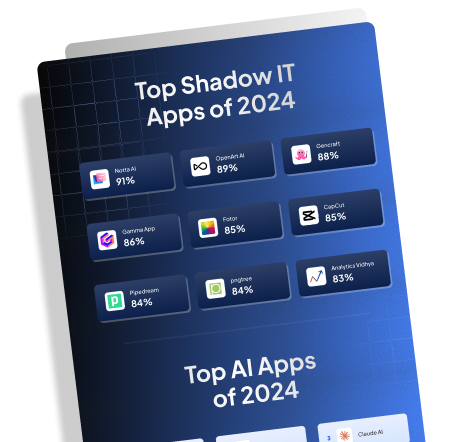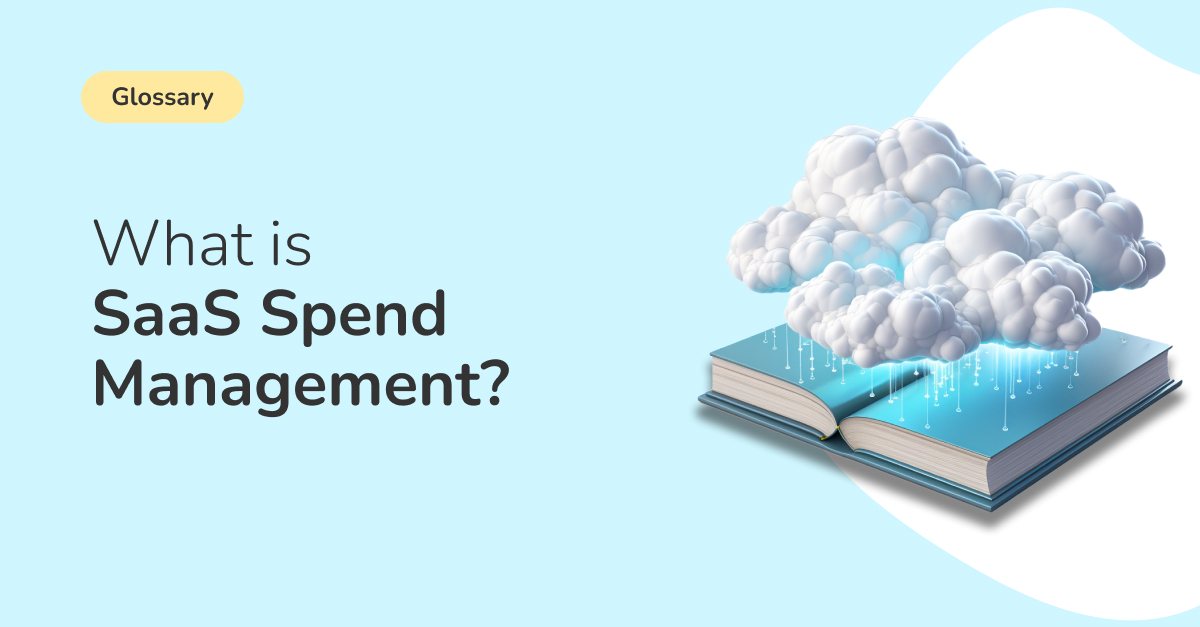SaaS Spend Management is a specialized area within spend management that focuses on controlling and optimizing expenditures related to Software as a Service (SaaS) applications. Unlike traditional software, SaaS solutions are often subscription-based, requiring ongoing spend. Effective SaaS spend management involves the use of specialized spend management software to track, analyze, and control costs. Through strategic management, companies can achieve spend optimization, ensuring that SaaS expenditures are aligned with business objectives.
In other words: SaaS Spend Management is about keeping track of how much money you spend on SaaS applications.
Utilizing Spend Management Software
Companies frequently use specialized spend management software to keep track of their SaaS spending. For instance, a business might adopt a spend management software solution to have a centralized dashboard, giving a full view into the spend management software market. This enables effective management of SaaS expenses.
Real-world Example: Hired Saves $1.7 million
Hired, a leading AI-driven talent-matching service, used Torii’s SaaS Spend Management Platform to achieve significant cost savings and operational efficiency. With Torii’s help, Hired discovered they were using three times as many SaaS tools as they thought. They streamlined their SaaS stack, simplified onboarding and offboarding processes, and saved money by optimizing license usage. For example, they reduced Zoom and LastPass costs by making data-driven adjustments. In total, Hired saved $1.7 million. Read on to learn how you can achieve similar results.
Learn more about their success by reading the case study.
SaaS Expenses and Expense Management
In a SaaS spend management context, expense management plays a crucial role. Organizations use expense management software to categorize and monitor SaaS-related expenses. For example, they can pinpoint which departments have the highest SaaS spend and can benefit from spend optimization.
SaaS Procurement and Best Practices
Procurement departments are integral to SaaS spend management, often using a SaaS procurement tool to streamline the acquisition of new SaaS tools. By adhering to procurement best practices, they ensure that SaaS purchases align with company policies and contribute to effective spend management.
Importance of Management Strategy
Management strategy in the SaaS sphere often dictates the course for SaaS spend management. For example, a company may have a management strategy that mandates the use of specific types of management software and SaaS solutions. This strategy can be pivotal for achieving spend optimization and overall cost savings.
By employing these methods, companies can effectively navigate the complex landscape of SaaS spend management, utilizing various management tools, platforms, and software to achieve optimal results.
Best Practices for Effective SaaS Spend Management
Conduct Comprehensive Audits
One of the cornerstone practices for effective SaaS spend management is to regularly conduct audits. By using spend management software that integrates with your SaaS management platform, you can automate the audit process. This will help you identify unused SaaS subscriptions and underutilized SaaS products, leading to immediate cost savings.
Leverage Advanced Spend Management Software
Utilize specialized spend management software equipped with machine learning capabilities to automatically track, analyze, and control SaaS spend. These advanced management tools can integrate with your existing SaaS management platform, providing actionable insights for spend optimization.
Develop a Comprehensive SaaS Management Strategy
A robust management strategy is essential for SaaS spend management. Create a strategy document that outlines the governance models, procurement policies, and best practices related to SaaS spending. Make sure it aligns with your organization’s broader management best practices and overall management strategy.
User Satisfaction and Spend Optimization
Measure user satisfaction through regular surveys and metrics to ensure the SaaS apps in use are delivering value. An effective SaaS management tool can also track user engagement levels, which in turn, helps in optimizing spend. If a high-cost SaaS tool is not meeting user needs, it may be time to consider alternatives.
Monitor and Manage SaaS Contracts and Licenses
Incorporate a centralized system to manage SaaS contracts and licenses. This will help you avoid hidden costs, overage penalties, and compliance issues. Each SaaS contract should be examined in the context of its contribution to overall SaaS spend.
Procurement Procedures for SaaS Tools
Adopt standardized procurement procedures when adding new SaaS tools to your stack. Procurement departments should coordinate closely with IT to evaluate the utility of each tool, ensuring it aligns with the organization’s SaaS management strategy and spend management goals.
Expense Management and Cost Control
SaaS expenses can quickly spiral out of control if not managed effectively. Use expense management software that can categorize SaaS-related costs, enabling you to identify potential cost savings and contributing to spend optimization. This is a critical component of any SaaS spend management platform.
Effective Use of Management Platform Features
Many modern SaaS management platforms come with advanced features for tracking not just spend but also usage metrics, user satisfaction, and compliance. Knowing how to effectively use these features can enhance your SaaS spend management efforts significantly.
Related Concepts
SaaS Optimization
Improves the efficiency of SaaS apps. Tied to effective spend management.
General Management Best Practices
Broad strategies for good management. Relevant to managing SaaS costs.
SaaS Stack
Collection of SaaS tools used in a company. Must be managed for cost-efficiency.
Expense Management
Broader than just SaaS, but includes software costs. Overlaps with SaaS spend management.
SaaS Solution Types
Various categories of SaaS tools like CRM, ERP, etc. Each category has its own spend considerations.
App Utilization
How much an app is used. Affects its cost-effectiveness and overall spend.
Tool Procurement
Process of acquiring new tools. Links with spend management policies.
Cost Savings
General financial benefit. An objective of good SaaS spend management.






